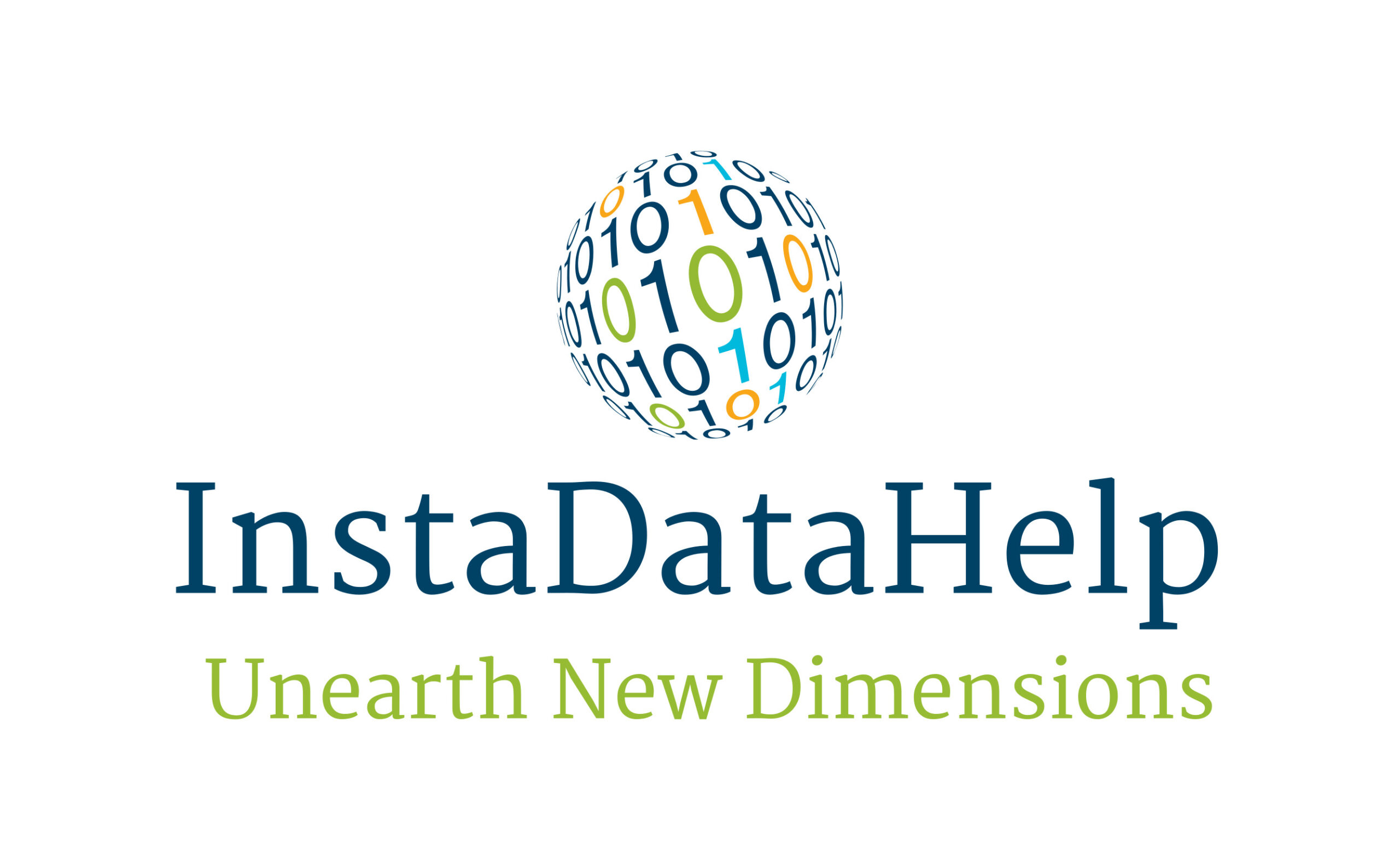Demystifying Probabilistic Reasoning: A Guide to Making Sense of Uncertainty
Introduction:
In our daily lives, we encounter numerous situations where uncertainty plays a significant role. From weather forecasts to medical diagnoses, understanding and making decisions in the face of uncertainty is crucial. This is where probabilistic reasoning comes into play. Probabilistic reasoning is a powerful tool that allows us to make sense of uncertainty by quantifying and analyzing probabilities. In this article, we will demystify probabilistic reasoning and provide a comprehensive guide to help you navigate the world of uncertainty.
Understanding Probability:
To begin our journey into probabilistic reasoning, it is essential to have a solid understanding of probability. Probability is a measure of the likelihood of an event occurring. It ranges from 0 (impossible) to 1 (certain). For example, if the probability of rain tomorrow is 0.3, it means there is a 30% chance of rain.
Probabilistic reasoning involves using probabilities to make predictions, decisions, and draw conclusions. It allows us to quantify uncertainty and make informed choices based on available evidence.
Bayesian Inference:
Bayesian inference is a fundamental concept in probabilistic reasoning. It is a mathematical framework that allows us to update our beliefs and make predictions based on new evidence. Bayesian inference involves combining prior knowledge or beliefs (prior probability) with new data to obtain a revised belief (posterior probability).
To illustrate this, let’s consider a medical scenario. Suppose a patient exhibits symptoms that could be indicative of a particular disease. The prior probability of the patient having the disease is based on general population statistics. However, after conducting specific medical tests, new evidence is obtained. Bayesian inference allows us to update the prior probability with this new evidence to obtain a more accurate posterior probability, which reflects the likelihood of the patient having the disease.
Bayesian Networks:
Bayesian networks are graphical models that represent probabilistic relationships between variables. They provide a visual representation of how variables influence each other and allow us to perform probabilistic reasoning efficiently. Each node in a Bayesian network represents a random variable, and the edges between nodes represent probabilistic dependencies.
For instance, consider a Bayesian network representing a weather forecasting system. The nodes could represent variables such as temperature, humidity, and wind speed. The edges between these nodes would indicate how these variables influence each other probabilistically. By using Bayesian networks, we can model complex systems and make predictions based on available evidence.
Uncertainty and Decision Making:
Probabilistic reasoning helps us make decisions in the face of uncertainty. By quantifying and analyzing probabilities, we can evaluate the potential outcomes of different choices and select the one with the highest expected value.
Expected value is a measure that combines the probabilities of different outcomes with their associated values or utilities. It allows us to compare different options and choose the one that maximizes our expected gain or minimizes our expected loss.
For example, imagine you are considering investing in two stocks. By analyzing the probabilities of different market scenarios and the potential returns of each stock, you can calculate the expected value for each investment and make an informed decision.
Probabilistic Reasoning in Machine Learning:
Probabilistic reasoning plays a crucial role in machine learning algorithms. Machine learning models often rely on probabilistic frameworks to make predictions and estimate uncertainty.
One popular example is the Bayesian classifier, which uses Bayesian inference to classify data points into different categories. By combining prior probabilities with observed data, the Bayesian classifier can make predictions and provide a measure of uncertainty for each prediction.
Another example is probabilistic graphical models, such as hidden Markov models and Gaussian mixture models. These models use probabilistic reasoning to capture complex relationships between variables and make predictions based on available evidence.
Conclusion:
Probabilistic reasoning is a powerful tool for making sense of uncertainty. By quantifying probabilities, updating beliefs with new evidence, and using graphical models, we can navigate the complex world of uncertainty and make informed decisions.
Understanding probability, Bayesian inference, Bayesian networks, and their applications in decision making and machine learning are essential for demystifying probabilistic reasoning. By embracing probabilistic reasoning, we can better understand and manage uncertainty in various domains, from weather forecasting to medical diagnoses, ultimately leading to more informed choices and better outcomes.


Recent Comments